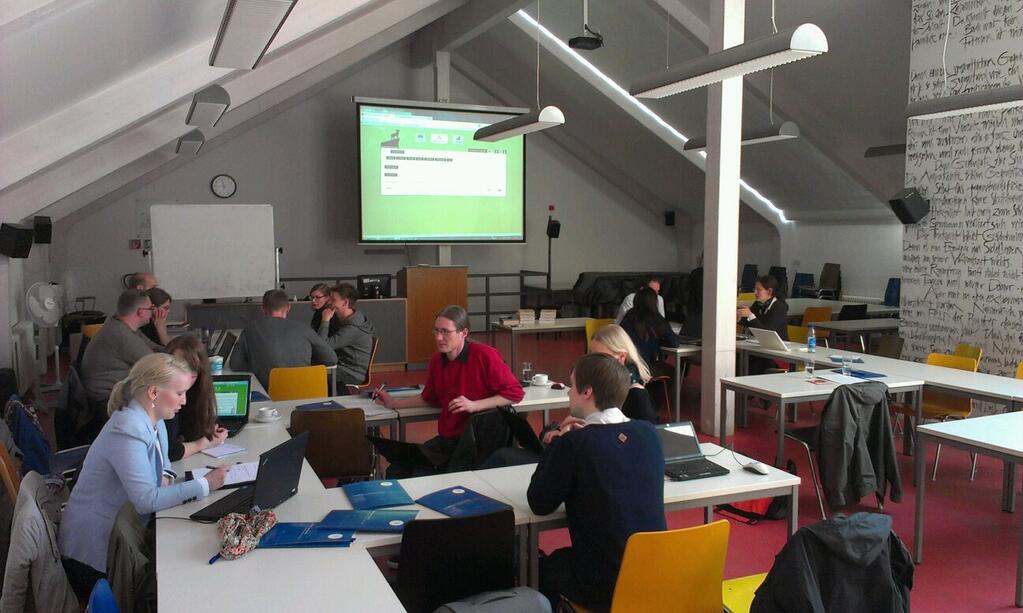nodegoat Workshop at the Historical Network Conference in Lisbon on 16-9-2015
CORE Admin
During this year's Historical Network Research conference in Lisbon 15-18 September, we will host a nodegoat workshop. The title of this workshop is: Conceptualise and Set Up a Historical Network Research Workflow. We will focus on conceptualising a data model for your own research question and explore the possibilities of storing your data structurually and creating interactive space/time visualisations. The workshop will last a full day and will take place on 16 September.
As nodegoat is a web-based data modeling and management tool that is equiped with functionalities to produce time-aware network analytics and visualisations, it is well suited for historical network analysis.
nodegoat Workshop: Conceptualise and Set Up a Historical Network Research Workflow
Goals
- Learn how to conceptualise a data model suited for historical network research.
- Be able to build a custom data model in nodegoat.
- Be able to enter data into nodegoat.
- Be able to produce diachronic geographic and social network visualisations in nodegoat.
Requirements
- No prior knowledge is required to attend this workshop.
- Participants are required to bring their own laptop to the workshop.
Pre-workshop preparation
Watch the nodegoat video tutorials:
- Read the blog post 'Enter, Curate & Explore Data'.
- [Optional, Read the nodegoat FAQ]
Workshop Programme
- Introduction of participants & discussion of research questions proposed by participants.
- Introduction to nodegoat.
- Discussion of two exemplary projects in nodegoat.
- Epistolary Networks.
- Networks of historical artifacts.
- Collectively: enter and visualise data in nodegoat.
- Discussion of first results.
Break
- Discussion and inventorisation of research projects.
- In groups: conceptualisation of a new data model for a specific research project.
- Collectively: add a new data model in nodegoat.
- In groups: add the conceptualised data model in nodegoat.
- Discussion of the results.
- Enter data in the new data model.
- Visualisation & discussion of the results.
Everyone working hard #nodegoat @nodegoat workshop Lisboa pic.twitter.com/5AEFkvgLiO
— Alice Santiago Faria (@asantiagofaria) September 16, 2015
Comments
Add Comment